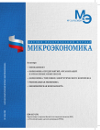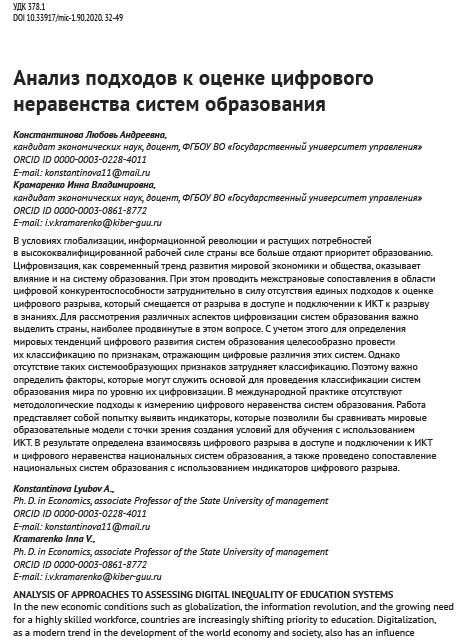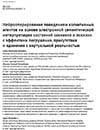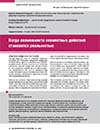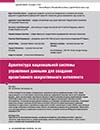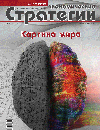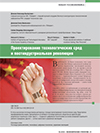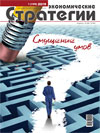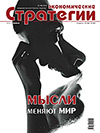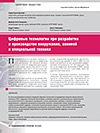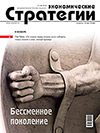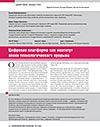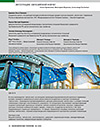Formation of a digital increase model within the EAEU transparency and success of ensuring control over the movement of assets between participants in commodity, financial and property transactions
DOI: 10.33917/mic-2.91.2020.5-12
The article discusses the problems of creating a digital model for increasing transparency and the success of ensuring control over the movement of assets between participants in commodity, financial and property transactions within the framework of the EAEU financial system. It is proposed to increase the observability of any segments of the financial system, which can be digitally structured by electronic digital identification of each currency in the monitoring spaces of digital financial assets. The results of the analysis can be used to optimize the operational dynamics of electronic transactions of explicit alliances and informal cartels of financial agents in the observed space of digital formats of financial communications, taking into account the movement of funds in various forms and denominated in different currencies.


